Lin-Manuel Miranda’s Heights society
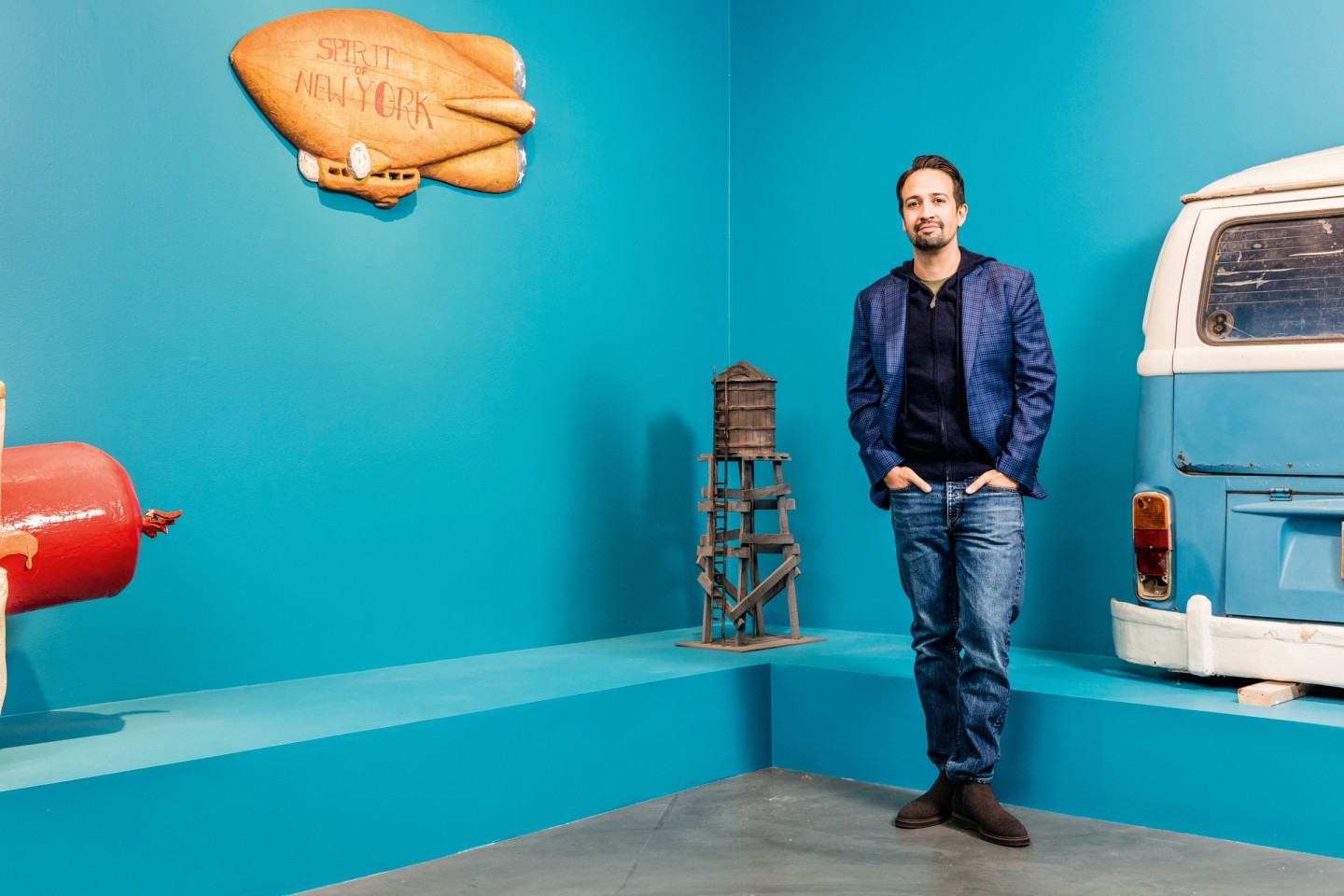
Roula Khalaf, Editor of the FT, selects her favourite stories in this weekly newsletter.
“Before I was singing Hamilton on Broadway, I was singing ‘Wait For It’ on the porch of the Morris-Jumel Mansion in Washington Heights,” says Lin-Manuel Miranda. “That was one of the great eureka moments with that show – I didn’t even have to go downtown to perform! [Vice president] Aaron Burr lived right here! It was a revelation. There were many kids who first saw Hamilton here, outside – for free – because that’s where I sang it.”
That genre-shattering musical, which explored American presidential history through rap songs, and its predecessor, In the Heights, went on to win Miranda a Pulitzer prize, Grammy and Tony awards, Kennedy Center Honors and a MacArthur “Genius grant”. But it all began in Inwood, at the northern tip of Manhattan, in a Puerto-Rican family home near where he continues to live and work.
The concept of accessible art for all is why Miranda is here today at the David Adjaye-designed Sugar Hill Children’s Museum of Art & Storytelling. He’s sharing his excitement for this year’s Uptown Arts Stroll, the festival that began life as a one-day event in 2003 and has grown into a month-long cultural celebration across northern Manhattan’s West Harlem, Washington Heights and Inwood neighbourhoods.
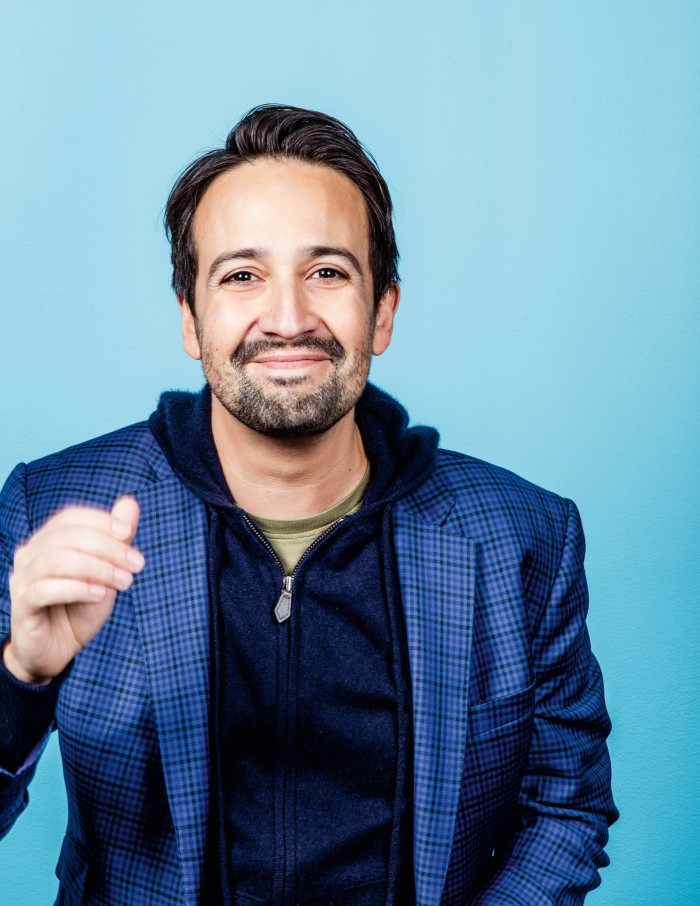
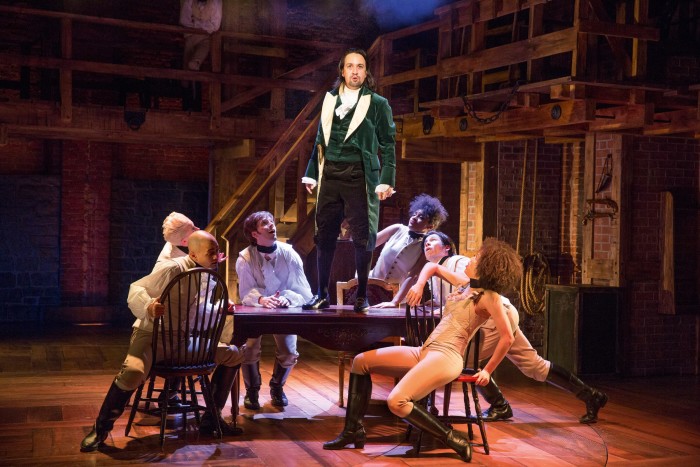
Throughout June, the blocks between West 135th and West 220th streets come alive with local dancers, visual artists, musicians and other creatives who open their studios, screen films and perform concerts for all ages. “As uptown artists, we often have to schlep downtown to display our art,” says Miranda. “I travel 150 blocks south of where I live to see the musicals I work on. So together with NoMAA [the Northern Manhattan Arts Alliance], my family and I have worked to find ways for local artists to display their work locally. The Stroll has grown exponentially over the past two decades to showcase the enormous talent uptown.”
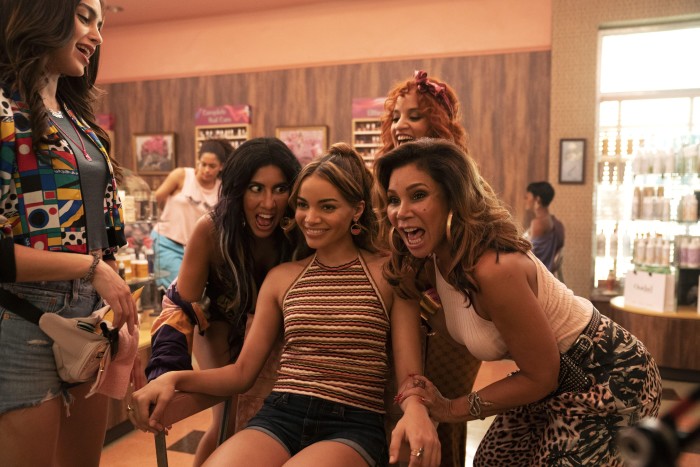
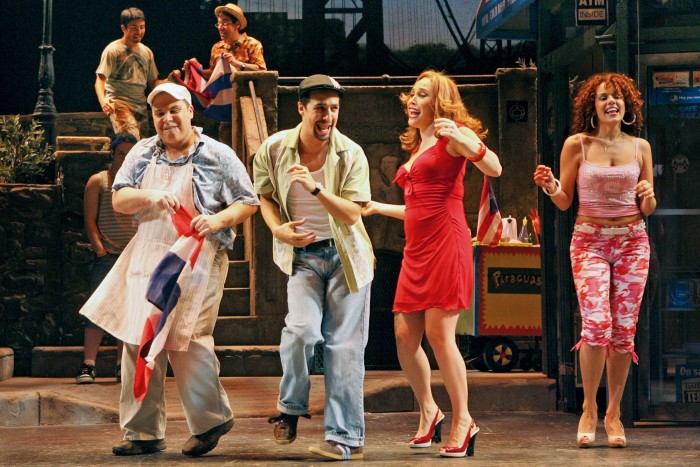
Raised by parents who were as passionate about politics as theatre, Miranda was inspired early by plays such as Jonathan Larson’s rock musical Rent as well as by ’90s hip-hop and rap – styles he ultimately fused with more traditional songwriting. Critical acclaim came in 2008 with the Broadway premiere of In the Heights – a joyful homage to his Latino community – and then Hamilton, a radical tone shift on the often-staid Great White Way. Songs for Moana and Encanto transcended the Disney universe (and overwhelmed a global audience of children via social media), while roles in front of the camera, including in Mary Poppins Returns, have garnered him Golden Globe nominations. Next up are lyrics for John Kander and Fred Ebb’s New York, New York and contributions to the soundtrack for Rob Marshall’s reimagining of The Little Mermaid.
Success has long been paired with a commitment to support the community – not only those of Northern Manhattan and Puerto Rico (particularly in the wake of Hurricane Maria’s 2017 devastation of the island) but also the arts community more broadly. “I’m always trying to make myself available to people,” says Miranda. “And that’s doubled since [the composer and lyricist] Stephen Sondheim’s passing because he was the real encourager-in-chief. It’s up to our generation now. He always made space for me whenever I asked – anything from ‘What do I do while I’m living in London for eight months?’ to ‘How do I close the loop on this song?’. I’m trying to do that for other artists now.”
Festival organiser NoMAA was founded on the belief that an investment in the arts is a way to help the less advantaged – “and the economic disadvantage is glaring here”, says Ellen Baxter, founder and executive director of non-profit developer Broadway Housing Communities, of the area where almost 40 per cent of residents are low-income and 25 per cent fall below the poverty line. During the Stroll they are given opportunities and access to the cultural riches of their community. “Children and families engage with exhibitions, hands-on materials – easels, paint – and work with our artists-in-residence,” Baxter explains of the programming. “They are drawn in by the Stroll and build language and conceptual thinking from there. When art and culture are integrated [with the community],” she says, “creative intelligence is sparked.”
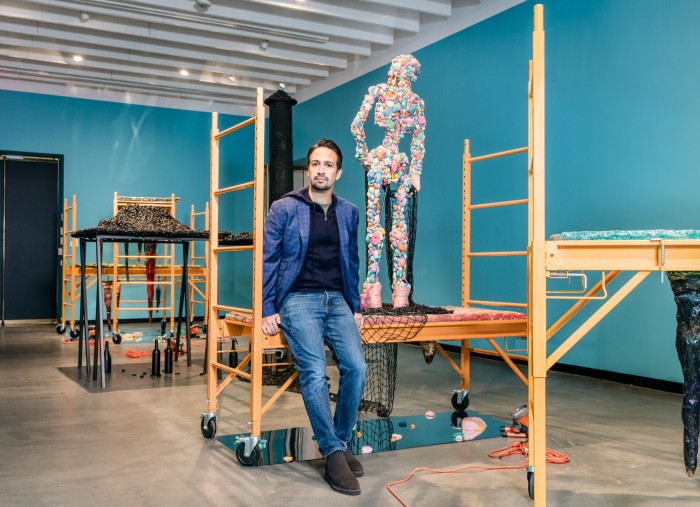
For the local community to see the diversity of talent in their own neighbourhood is also a catalyst to their own creativity, believes Miranda. “I stumbled on success early with In the Heights,” he says of his earliest production, which he wrote and first staged while he was in college. “I had to go far and wide to cast it on campus, and the result was that everyone had a friend in the show, which brought in an enormous audience. That principle of diversity winning, of diversity being your friend, and that the more audiences your show speaks to, the more people show up – that’s the same for the Stroll. There’s so much diversity of programming that the world comes out to see these artists and learn.”
An echo can be felt in “A New Deal for Broadway”, the pledge taken in August 2021 by more than 50 producers, choreographers, executives and union leaders committing to inclusive casting, renaming theatres after black artists, and more BIPOC representation in creative teams. It followed a report by the Asian American Performers Action Coalition on the 2018/19 season that revealed, among other statistics, that 80.5 per cent of all writers and 81.3 per cent of directors were white.
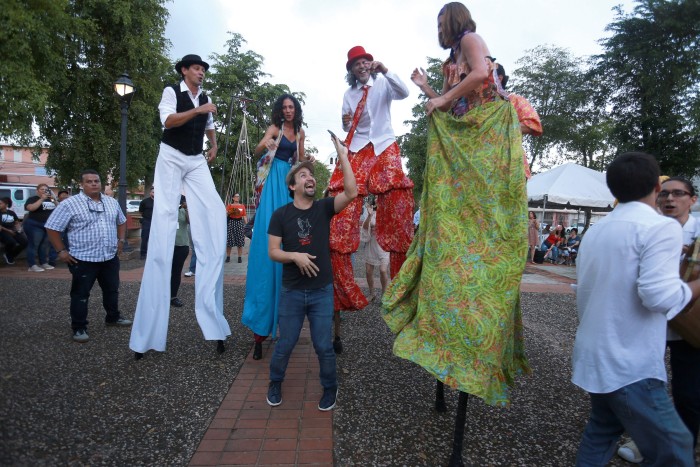
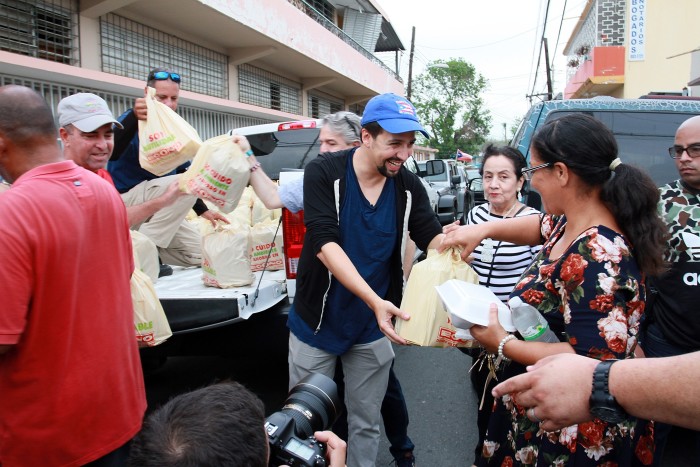
Miranda’s mission to widen the focus from Broadway to the theatres and creative spaces in the heart of northern Manhattan’s immigrant communities has been especially rewarding. “The sweet spot of my interests – the Tony Awards,” he continues, “will be held at the United Palace theatre, smack-dab in the middle of the Stroll on 11 June.” It’s not before time, he believes, that “a global audience will become aware of the iconic theatre and what a jewel it is in our city”.
The event is a continuation of the Miranda family’s restoration and programming commitment to the theatre. “Before I had Hamilton money, I went halfsies with the community to buy a new HD projector for the theatre,” says Miranda. “Now I can make the film series free [to watch] for the community.” In 2021, he made sure the world premiere of In the Heights took place here. “[The film] opened the Tribeca Film Festival which is, famously, situated in Tribeca,” chuckles Miranda of the unexpected red-carpet location. “Having that huge Warner Bros musical debut on West 175th Street felt like a win. We brought the neighbourhood to itself and also introduced this place to a whole new audience. And it’s one that continues to use the theatre as a result.”
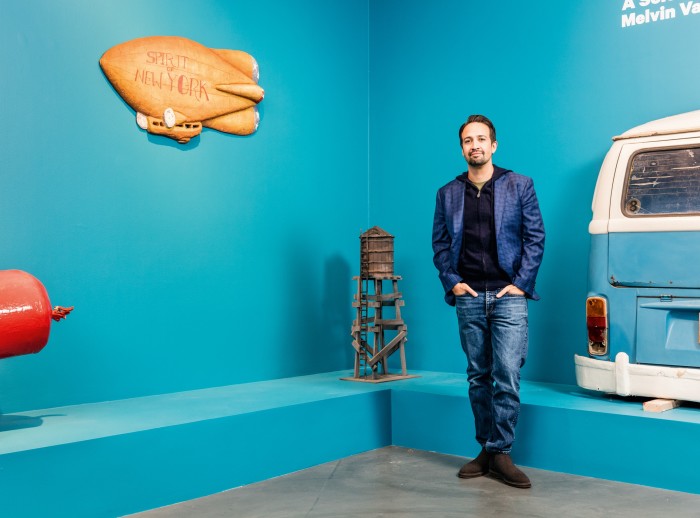
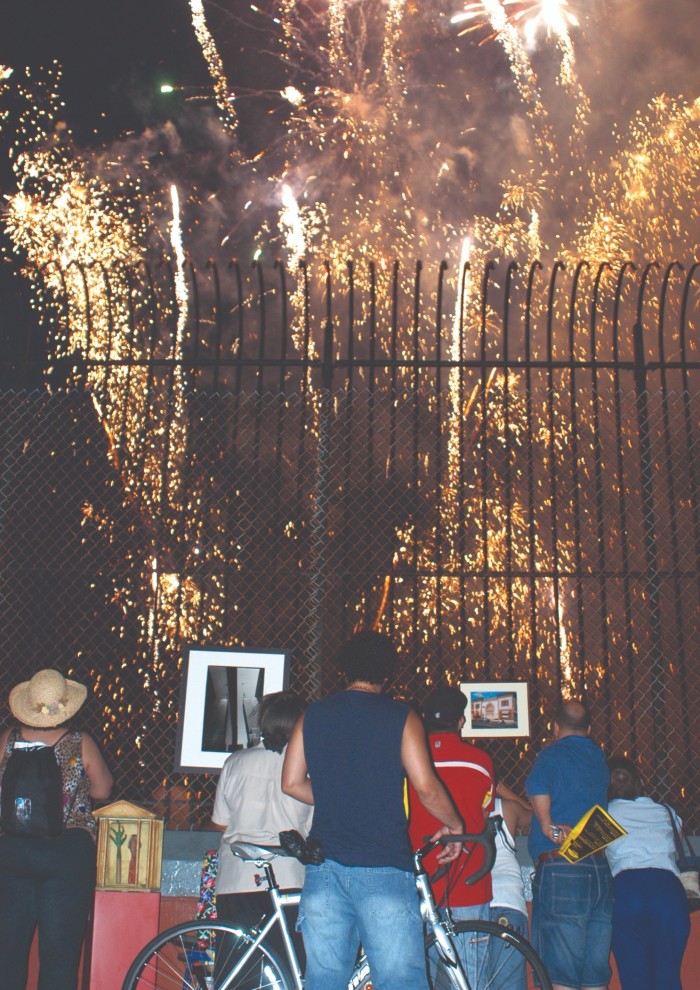
“The Miranda family has always been deeply committed to the cultural institutions of northern Manhattan and to supporting the immediate, largely immigrant community,” says Baxter. “They help to drive interest – especially in young people – to become the next leaders, poets, engineers, and to see past poverty.” NoMAA executive director, Niria E Leyva-Gutiérrez, agrees: “The Mirandas are integral to the Stroll and they’ve never veered from their support for the arts in this community. They’re our real partners, out at all the events.”
Miranda demurs: “This is how I can contribute: by shining a light on the great art and artists uptown.” Of this year’s Stroll, he simply says, “I get to go to a great neighbourhood event within walking distance of my home and I get to bring my kids – and so does the rest of the neighbourhood.” History has its eyes on here, for sure.
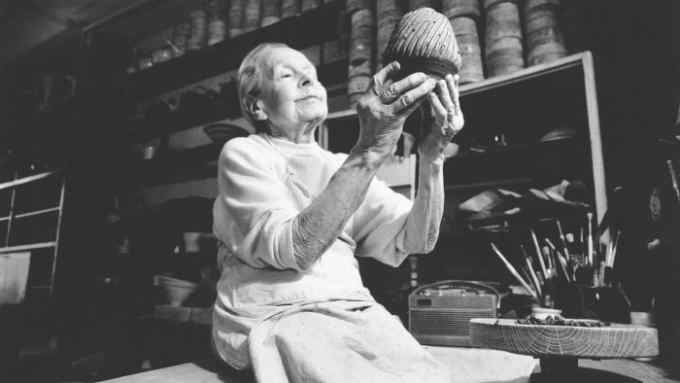
Comments